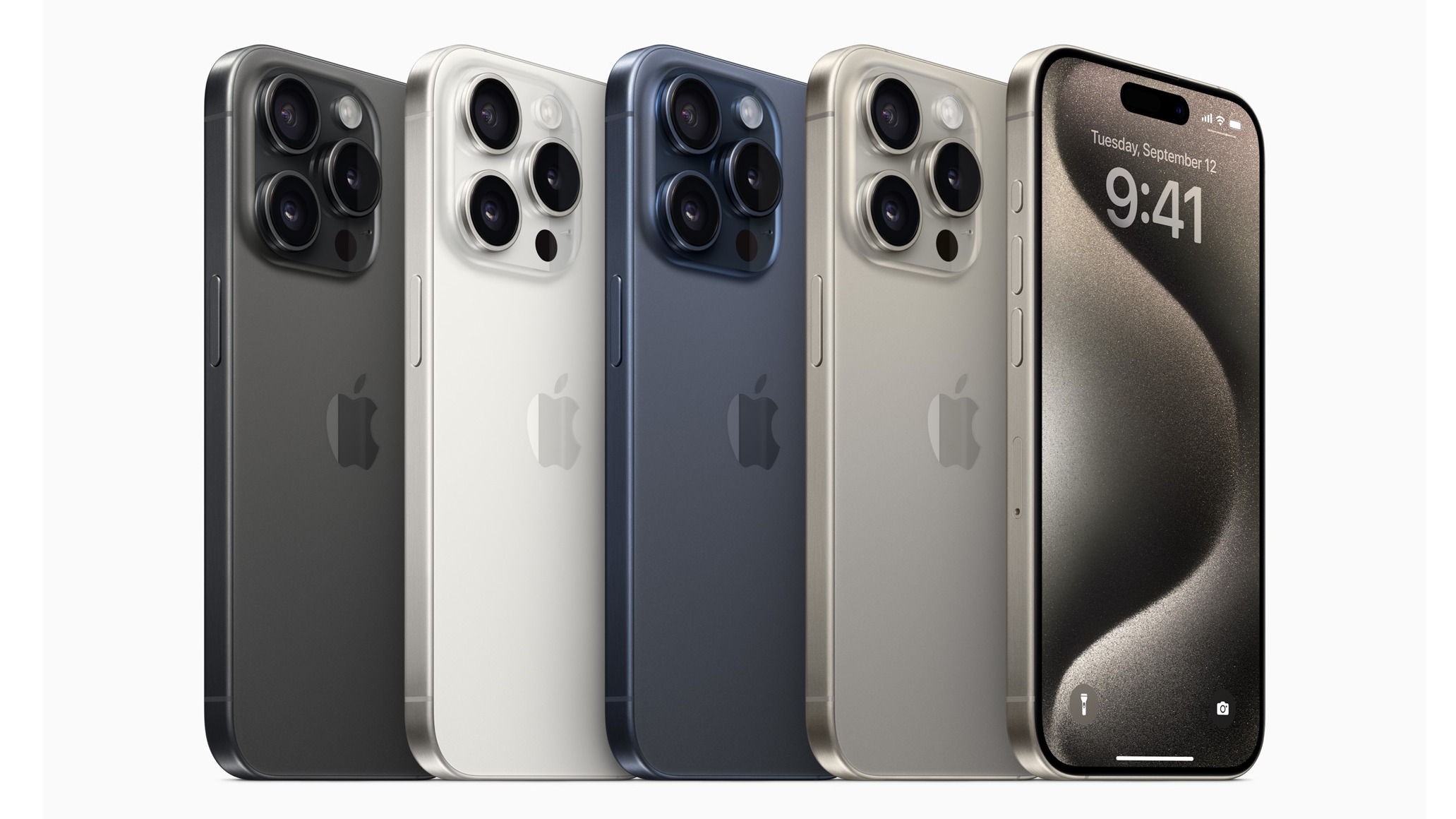In a move aimed at curbing the spread of misinformation, TikTok announced plans to label images and videos uploaded to its platform that have been generated using artificial intelligence (AI) technology.
The video-sharing service will employ a digital watermarking system known as Content Credentials to identify AI-generated content.
The decision comes amid growing concerns from researchers that AI-generated content could be weaponised to interfere with the upcoming US elections. Earlier this year, TikTok was among 20 tech companies that signed an accord pledging to combat AI-powered misinformation.
While TikTok already labels AI-generated content created within its app, the new measure extends to videos and images produced outside the service using AI tools. "We also have policies that prohibit realistic AI that is not labelled," said Adam Presser, TikTok's head of operations and trust and safety. "If realistic AI-generated content appears on the platform, we will remove it as a violation of our community guidelines."
The Content Credentials technology is an industry-wide initiative spearheaded by the Coalition for Content Provenance and Authenticity, co-founded by Adobe, Microsoft, and others. Major players like ChatGPT maker OpenAI, YouTube, and Meta have also adopted the technology.
The system works by having AI tool developers, such as OpenAI, embed a digital watermark and tamper-proof data into the generated content. When such marked content is uploaded to platforms like TikTok, it is automatically labelled as AI-generated, provided the platform supports the Content Credentials standard.
TikTok's move comes as the company faces heightened scrutiny from US authorities. With 170 million users in the country, TikTok is owned by China's ByteDance, which was recently ordered to divest the app or face a ban under a new US law. ByteDance has sued to block the law, arguing it violates the First Amendment.
Latest News
-
Indra wins TfL contract to run London ticketing systems
-
Japan ‘launches government probe’ into Grok
-
Social media sites stop access to 4.7m under-16 accounts in Australia
-
Government announces £52m funding to support British robotics and defence tech firms
-
Swift to launch blockchain-based shared ledger after successful digital asset pilot
-
AWS launches European sovereign cloud service
The future-ready CFO: Driving strategic growth and innovation
This National Technology News webinar sponsored by Sage will explore how CFOs can leverage their unique blend of financial acumen, technological savvy, and strategic mindset to foster cross-functional collaboration and shape overall company direction. Attendees will gain insights into breaking down operational silos, aligning goals across departments like IT, operations, HR, and marketing, and utilising technology to enable real-time data sharing and visibility.
The corporate roadmap to payment excellence: Keeping pace with emerging trends to maximise growth opportunities
In today's rapidly evolving finance and accounting landscape, one of the biggest challenges organisations face is attracting and retaining top talent. As automation and AI revolutionise the profession, finance teams require new skillsets centred on analysis, collaboration, and strategic thinking to drive sustainable competitive advantage.
© 2019 Perspective Publishing Privacy & Cookies








Recent Stories